
February 2014
Snow Part 1: The History
By Paul Harvey
The October 2013 Engine Show of the
Now, as snow covers the museum outside as well as much
of the equipment, I would like to reflect on the Snow engine in this
two part Flywheel article. In the first part, the history of
the company and the engine, as well as the people who made it happen,
will be discussed. Next month's article will feature the Coolspring
engine and how it was saved, moved to our location, and put into
operation. Much of this material has never before been published in one
work, and it is hoped that the reader will enjoy.
Our story unfolds in 1840 when 23 year old Henry
Rossiter Worthington becomes interested in steam boats on the
The duplex steam pump is such a wonderfully simple, yet
magnificently practical, invention. Having no rotating parts, it
consisted of two steam cylinders providing the power to two pumping
cylinders; with each power and pump piston mounted on a common piston
rod. When one cylinder acted, it triggered a steam valve that then
operated the other cylinder which then acted on a valve to again operate
the first cylinder. As the fluid discharge pressure equaled the steam
pressure, the pump simply stopped; to begin again when discharge
pressure lowered. There is a restored
Over the ensuing years, the steam pump business
flourished as they were adapted to many uses. Municipal water works
found these pumps very dependable and they were made in huge sizes to
meet the demand. Many persons entered the steam pump business. In
1889, we find James H. Snow and Daniel O'Day, former employees of
National Transit Company of
With the dawn of the twentieth century approaching, the days of the huge steam pumps were in decline. Soon they would give way to the new technology, the internal combustion engine. Snow realized this and hired John Klein, Chief Engineer for National Transit Company, as his Consulting Engineer. Since Snow was a former National Transit employee, these two men most likely were friends. However, it does seem odd that Klein would design a new engine for his own firm's competition! No explanation has been found for this.
So the first four engine compressor units built by the
Snow Steam Pump Works in
After the completion of these engines, Snow branched off
into its own design of tandem cylinder engines as seen in the Coolspring
engine. Their catalog of 1914 simply states that further engines were,
"of their (Snow's) own design". The firm had wisely listened to the
suggestions of the operators of the big natural gas companies throughout
the
Very early, Snow was building some of the largest gas
engines known. Photo 6 shows a 4,000 hp Type A design
with an integral electric generator beside the flywheel. This engine
had a 42 inch bore and 60 inch stroke with a unique valve mechanism.
Note the size of the operator in the center of the photo! It was
guaranteed to have a 33% non-continuous overload capacity. Photo
8 shows some other large electric generating engines at the
Carnegie Steel Works in
The entire power end of the Snow engine, which consists of two double-acting cylinders (fires on both sides of the piston) placed in tandem (one in front of the other) operates the gas compressor located behind the crankshaft. Snow would supply compressors from other manufacturers if specified by the buyer, but preferred to use their own as shown in Photo 9. This compressor was also double-acting and had a power stroke from the engine for every stroke it traveled. This design was very efficient to have the engine and compressor made into one unit. Photo 10 shows the layout of the complete station with the interconnections of pipes joining the multiple units.
Birdsill Holly was an inventor from
Then came the great merger. Probably caused by the
panic of 1899, Charles C. Worthington, always aggressive and wealthy,
saw his opportunity to expand and formed the International Steam Pump
Company that included many firms now finding themselves in financial
duress. The new company included the Snow Steam Pump Works, the Holly
Manufacturing Company, the Clayton Air Compressor Works, Blake and
Knowles Steam Pump Works, the Deane Team Pump Company,
Laidlaw-Dunn-Gordon Company, and the Power and Mining Machinery
Company. This accounts for the name, "International Steam Pump Company"
on the nameplate of some of the engines at Heath Station. All
production was integrated into the Snow Works at
Following the merger, both Snow and Deane continued to
flourish under the
Photo 12 depicts a very busy erecting
floor at the Buffalo Works in 1935. The building appears to be huge
with many engines in various stages of completion. All these grand
machines had to be assembled, test run, then taken apart again to be
shipped to their final locations. Also new, circa 1935, was a smaller
engine not using the tandem cylinder configuration that had been the
standard of the firm. As seen in Photo 13, this unit had
twin, double-acting power cylinders and opposed compressors. Note the
outboard sideshafts that made a more space saving design. An engine
like this operates at the Western Minnesota Steam Threshers Reunion in
Gradually the demand for these huge engines declined but
I wish to give special credit and thanks to two
individuals whose untiring research made this brief work possible.
It is my desire to incorporate this work, and the upcoming second part,
into one comprehensive booklet sometime in the future.
Loree A. D. Paulson, PE: He was the last president
of Worthington Compressors in
Thomas "Mac" Sine, ME: He is Senior Analytical
Engineer with his primary function being Gas Engine Engineering.
He has completed 25 years of service with Dresser-Rand in Painted Post,
NY.
Please come to Coolspring for our June 2014 Expo and watch the Snow run. It will be held June 19, 20, and 21, 2014. See you then!

Photo 1: Drawing of the Worthington steam pump
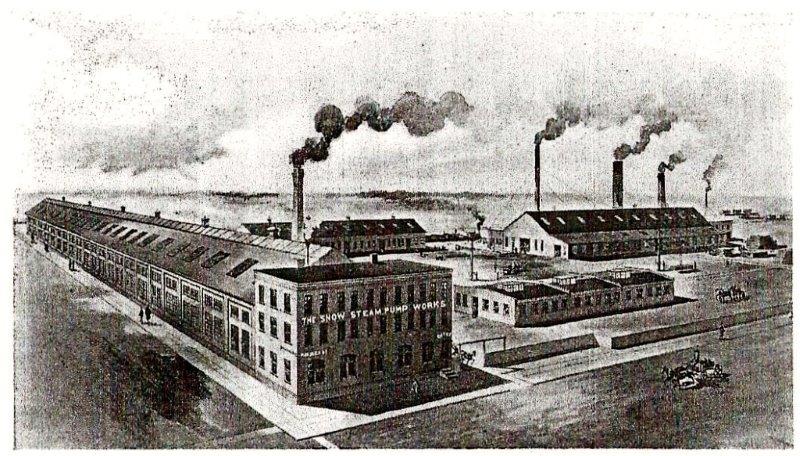
Photo 2: Snow Steam Pump Works of Buffalo, NY
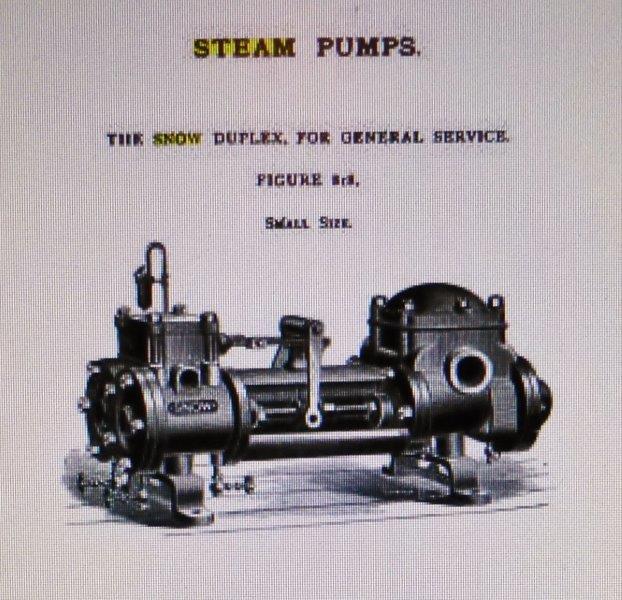
Photo 3: Snow duplex steam pump
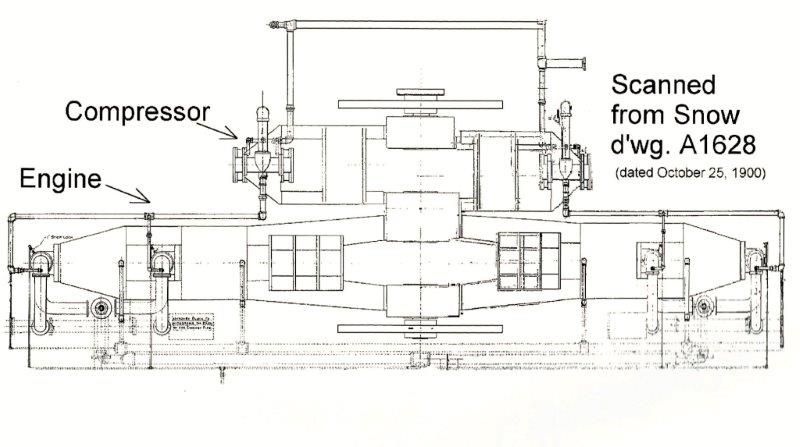
Photo 4: A Klein-Snow engine compressor unit

Photo 5: A page from early Snow records
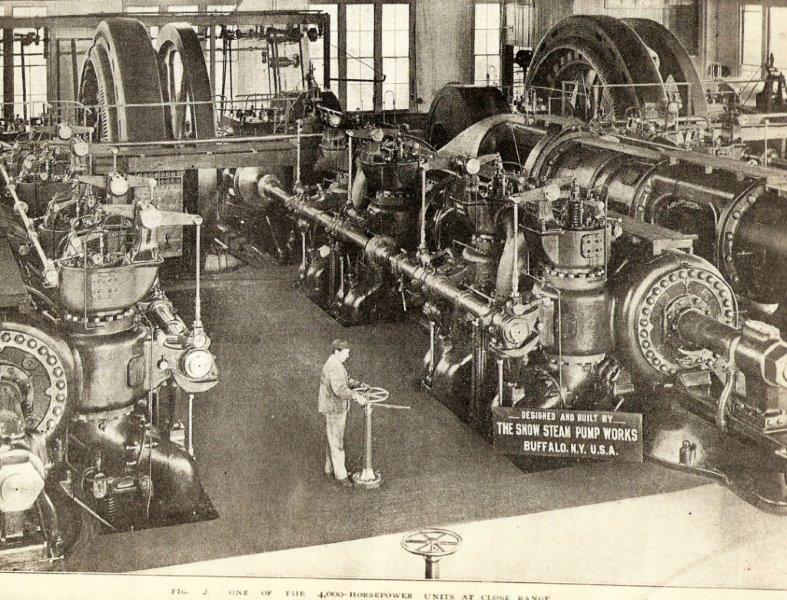
Photo 6: 4,000 hp Type A Snow engine and generator
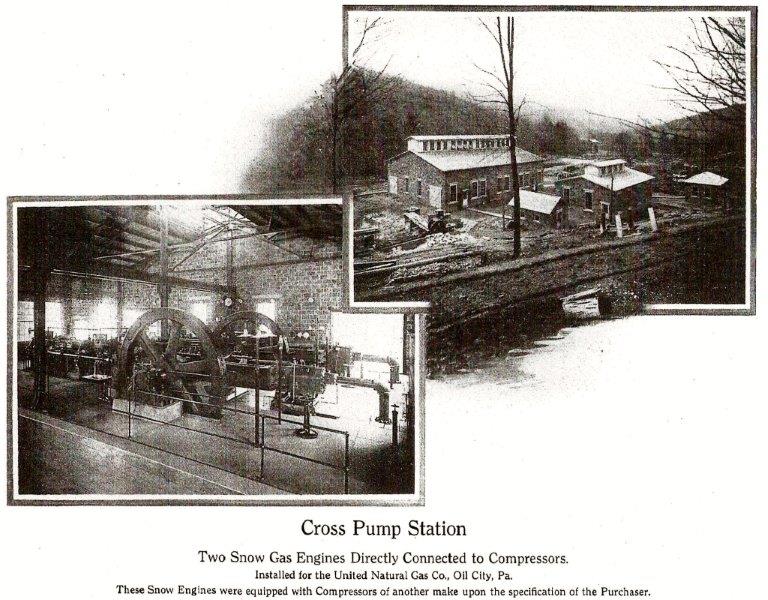
Photo 7: Cross (later Heath) Station under construction ca.1914
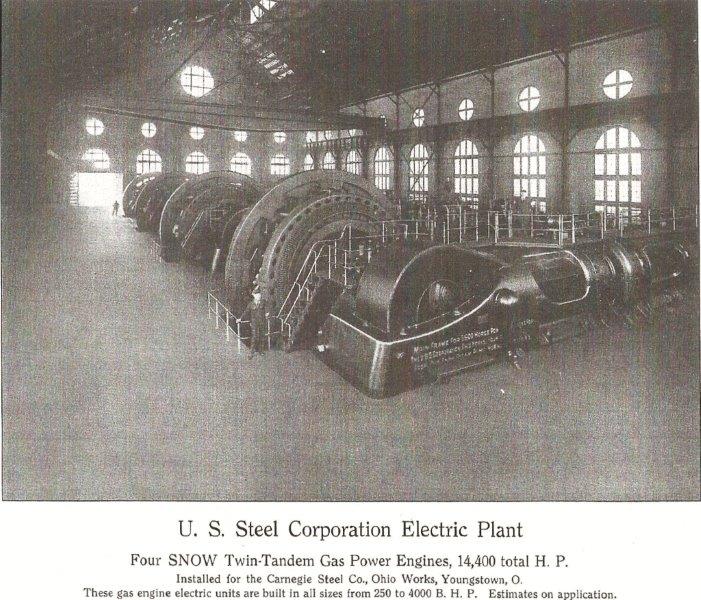
Photo 8: Snow electric generating engines at
the Carnegie Steel Works in
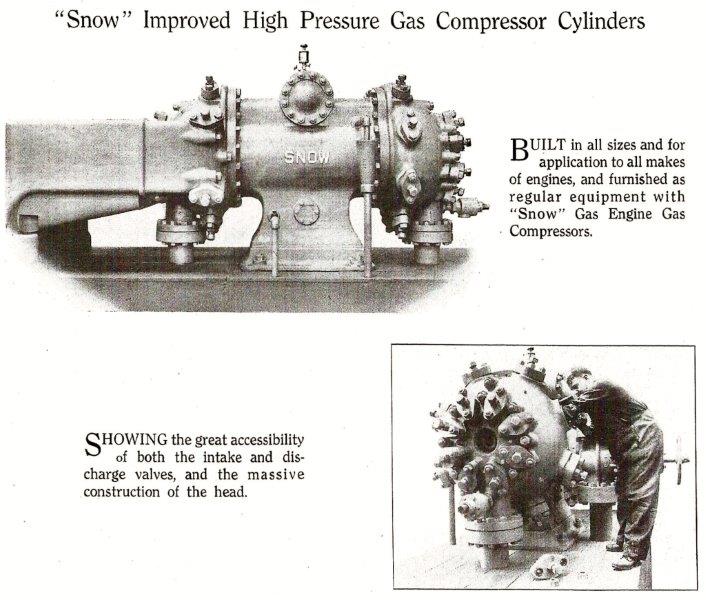
Photo 9: Snow compressor

Photo 10: Snow compressor plant
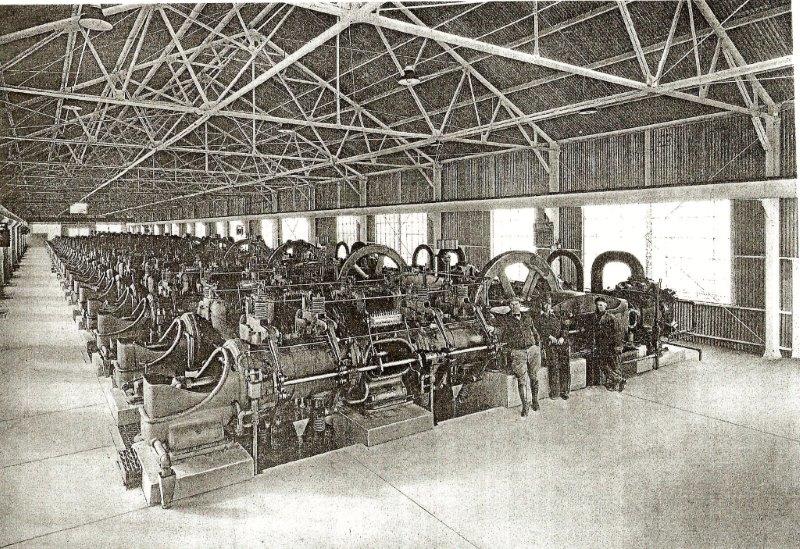
Photo 11: 1920s era Worthington engine

Photo 12: Production floor at the Buffalo Works ca.1935

Photo 13: Worthington engine of 1935
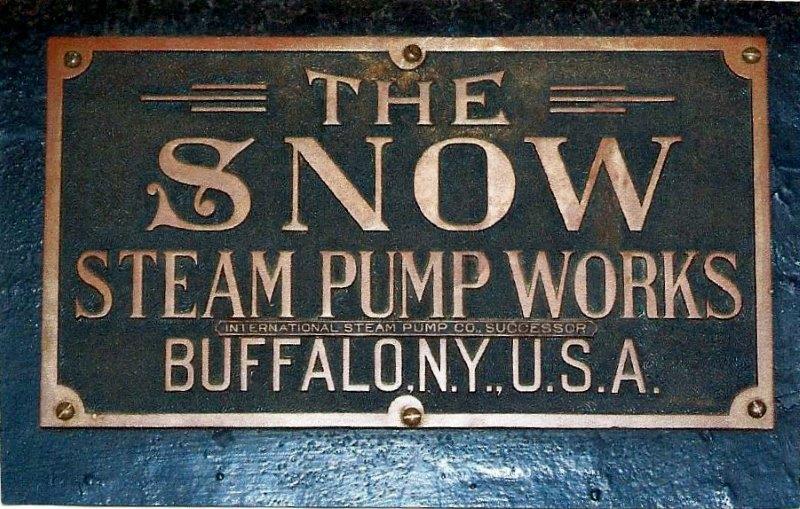
Photo 14: Snow name plate